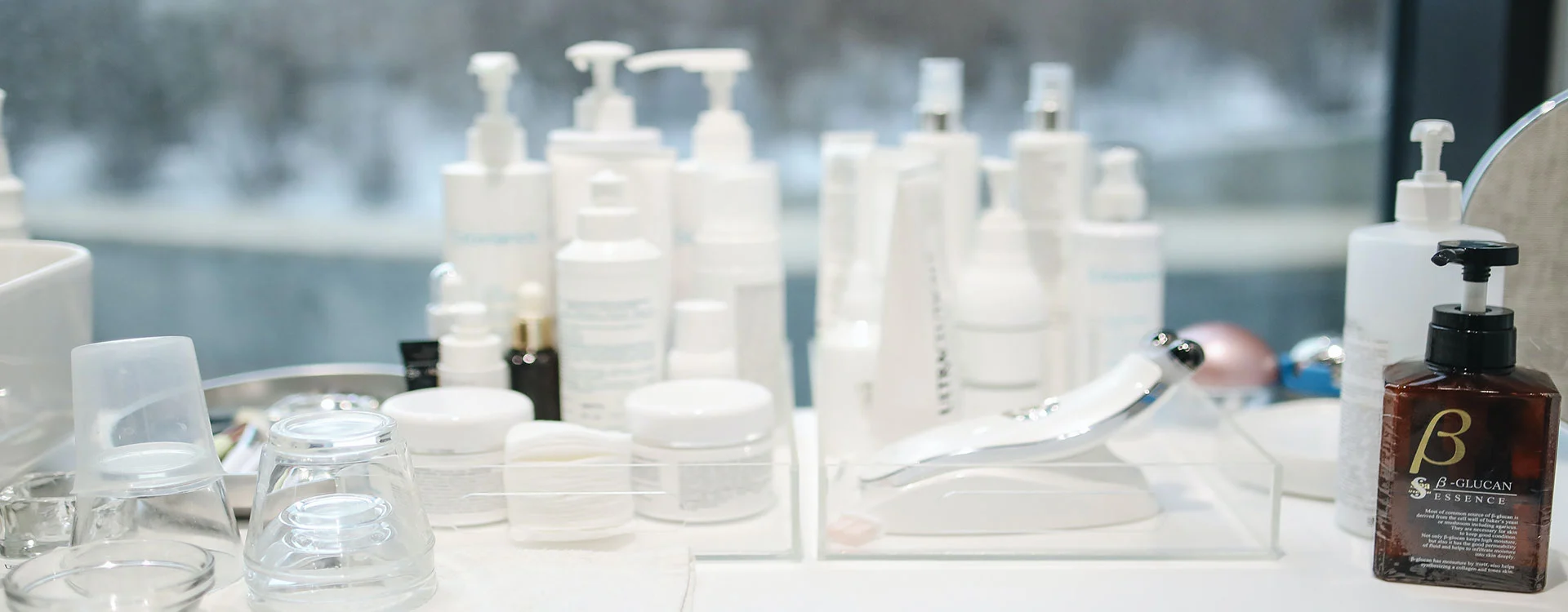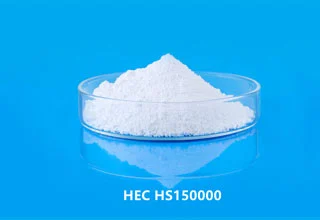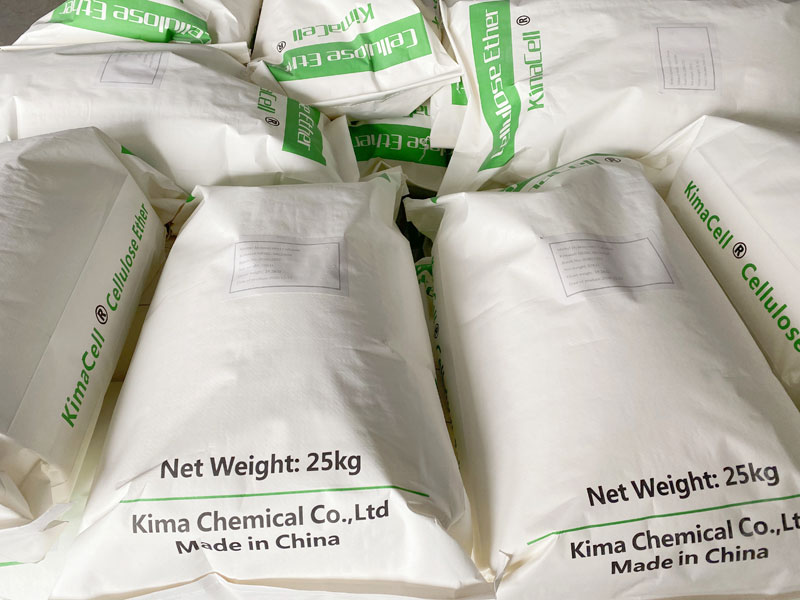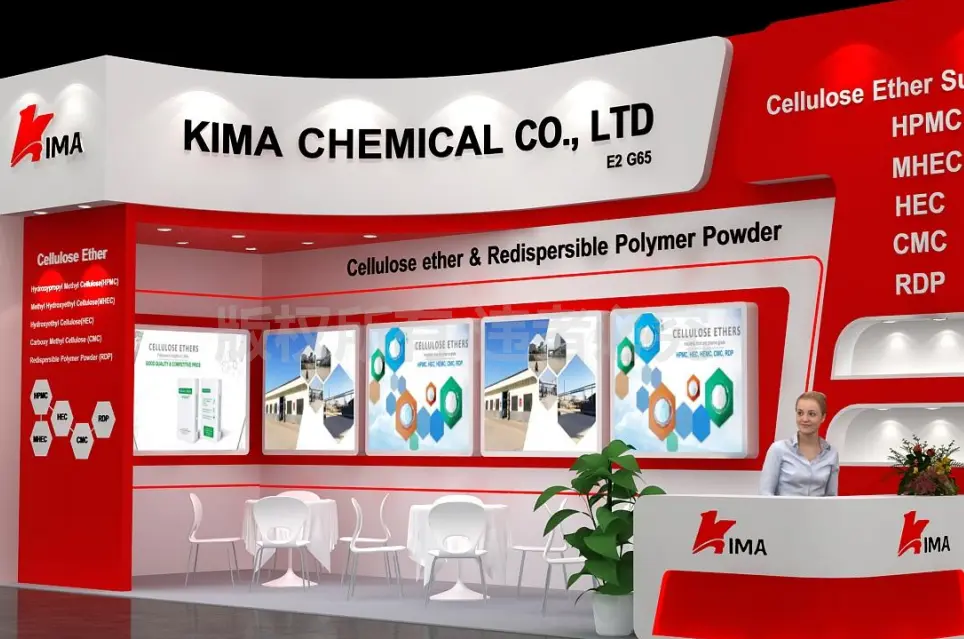Hydroxyethylcellulose in skin care is a cellulose thickener, emulsifier, and a stabilizer, which helps to create a consistent texture and improve the spreadability of skin care products.
What Is Hydroxyethylcellulose?
Hydroxyethylcellulose (HEC) is a non-ionic, water-soluble polymer derived from natural cellulose through etherification. It is commonly used as a thickener, stabilizer, emulsifier, and film-forming agent in cosmetics industries. HEC improves viscosity, enhances texture, and provides excellent water retention, making it essential for formulations requiring controlled consistency and stability.
In personal care products like shampoos, lotions, and gels, HEC enhances spreadability, prevents ingredient separation, and provides a smooth, luxurious feel. HEC is highly compatible with other ingredients, pH-stable, and non-toxic, making it a preferred choice for a wide range of applications. Its ability to dissolve easily in both hot and cold water while forming clear, consistent solutions adds to its versatility.
Due to its colloidal effect, hydroxyethyl cellulose is used in skin care gels, sols, and emulsions, so it is widely used in skin care products and personal care products. It is used to make crystal clear gels and to thicken the aqueous phase of cosmetic lotions. The use of HEC in skin care can improve the texture and performance of skin care products, making them more effective and easier to use. It is important to note that the concentration of hydroxyethylcellulose in skin care products may vary depending on the specific product and the desired effect.
CAS: 9004 62 0
 English
English 日本語
日本語 français
français Deutsch
Deutsch Español
Español italiano
italiano русский
русский português
português العربية
العربية Türkçe
Türkçe Nederland
Nederland





